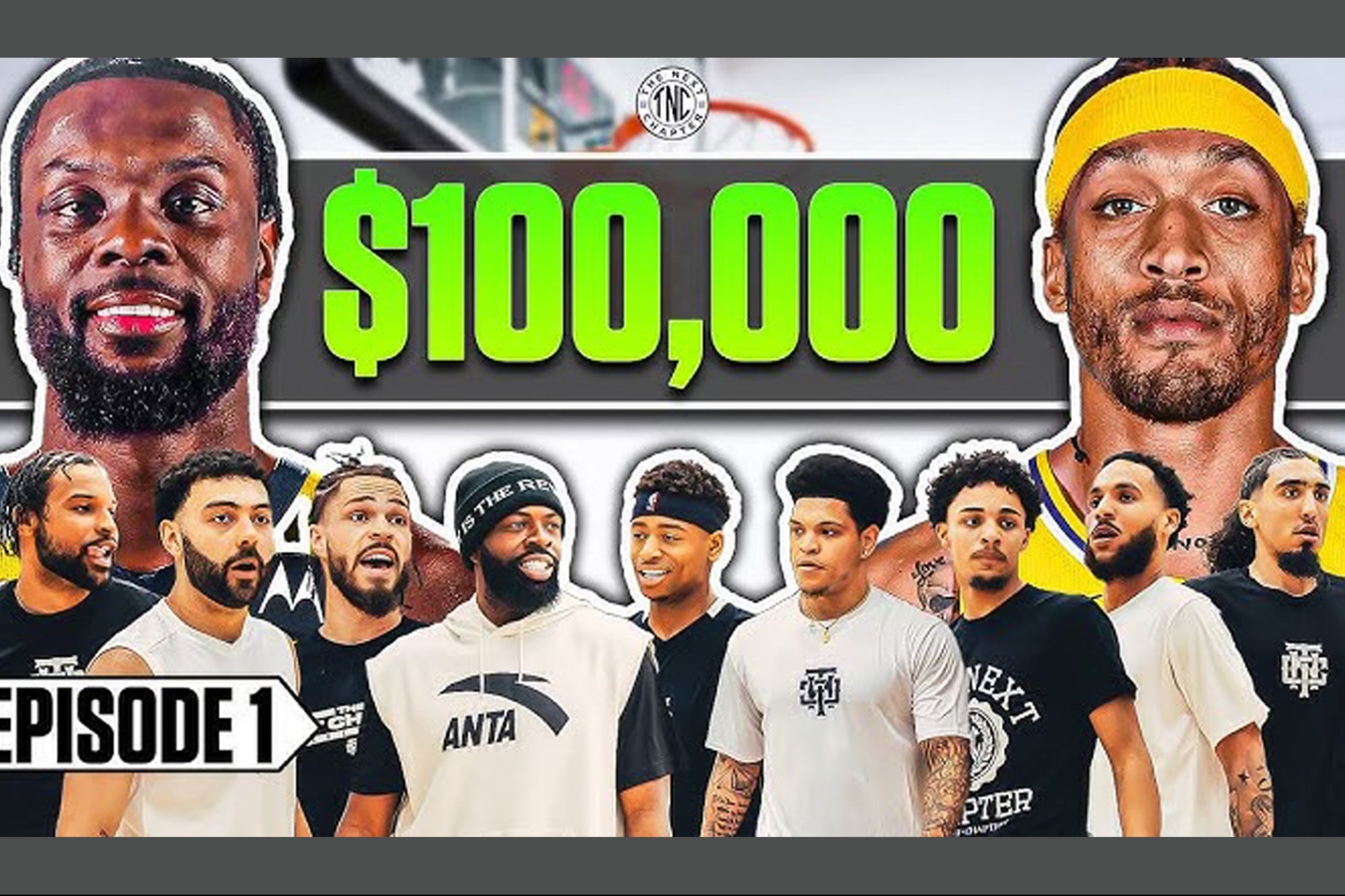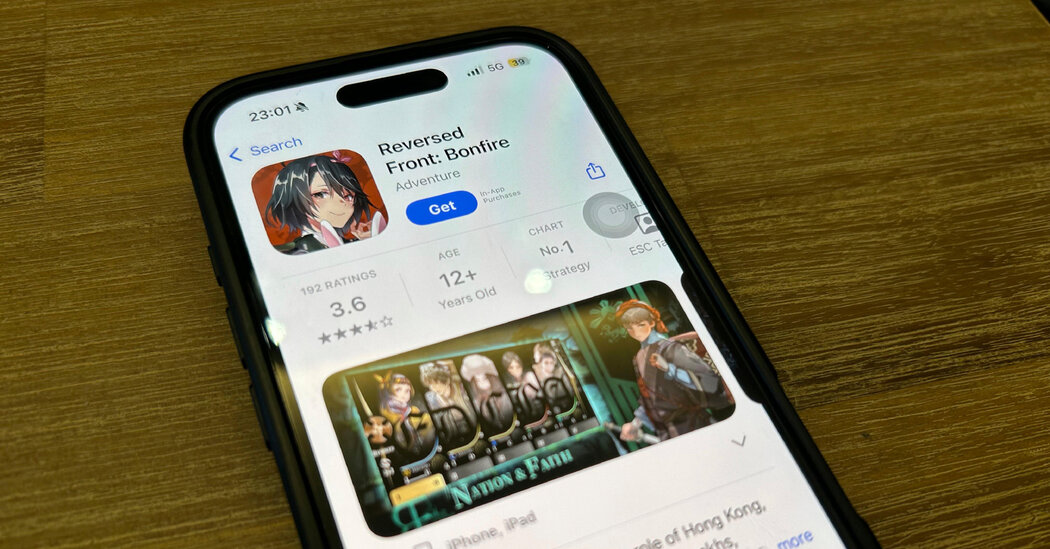Opinions expressed by Entrepreneur contributors are their own.
I started my journalism career in 2004. Within months, it was clear: the industry was changing — fast. Newsroom layoffs, budget cuts, and staff downsizing became routine. Whispers of “impending cuts” turned into annual realities. Every year brought fewer resources, fewer colleagues, and more pressure to do more with less.
Eventually, the tone of the industry changed completely. We went from reporting the news to defending its very existence. I remember being handed scripts to read on-air, asking viewers to “support local journalism.” Imagine reporting on the world while quietly campaigning to save your own job. It was humbling — and revealing.
That’s when I realized I needed a Plan B.
About eight years into my 15-year career as a reporter and anchor for Canada’s largest private broadcaster, I started building a real estate-focused marketing agency. Quietly. In the newsroom, side hustles were frowned upon. Some managers even banned them. It was a strange contradiction: everyone knew the industry was shrinking, but no one was allowed to prepare for what came next.
So I did it anyway.
Over time, that agency grew quietly in the background. And one day, it was big enough that I didn’t need the newsroom anymore. I stepped away — and stepped fully into entrepreneurship.
What I didn’t expect was just how many of my journalism skills would become foundational to building and running a successful business.
Here’s what translated — and why it matters to anyone navigating uncertainty in their career today.
Related: The 3 Biggest Mistakes That Made Me a Better Entrepreneur
Deadlines build more than discipline — they build trust
In journalism, deadlines weren’t flexible. If your segment wasn’t ready by airtime, it didn’t go to air — simple as that. There was no “I’m running a bit behind.” That kind of real-time pressure trains you to deliver no matter what. And more importantly, it teaches you that other people are counting on you to deliver.
In business, that same mindset is a competitive advantage. When you consistently meet deadlines—for clients, collaborators, or even yourself — you build a reputation as someone who can be trusted. In a world full of flakiness, that trust is rare and valuable.
Clarity is the most underrated communication skill
As a journalist, my job was to take something complicated — legislation, economics, crime stats — and make it clear, fast. I learned how to break down ideas so that a viewer with no background knowledge could still understand the story.
That skill carried straight into business. Clients aren’t looking for more information — they want clarity. They want someone who can explain things in plain language, with confidence and precision. If you can do that, you’ll win attention and loyalty, even in crowded markets.
Reading the room is a business skill, not just a social one
Every newsroom has an unspoken energy. Some days are tense. Others are collaborative. You learn to read body language, anticipate reactions, and adjust your tone accordingly. Sometimes you learn the hard way — by saying the wrong thing at the wrong time. But eventually, you get good at it.
That emotional intelligence became essential in business. Whether I’m in a sales call, a client pitch or a team check-in, I rely on that same ability to gauge the room. Knowing when to speak, when to pause, and when to pivot isn’t just nice to have — it’s how you build rapport, close deals and lead people.
Your visual presence sends a signal — whether you like it or not
In television, how you show up is part of the job. Lighting, clothing, posture, eye contact — everything matters. You’re trained to think visually because you’re being seen, not just heard.
As a business owner, I carried that forward. Whether I’m on a Zoom call, recording video content, or meeting a client in person, I think about how I show up. Not because I care about superficial polish, but because I understand that presence builds credibility. People make snap judgments. Being intentional about your appearance — your energy, tone, body language — is part of your brand.
Asking smart questions leads to better outcomes
Great interviews don’t happen because the journalist talks a lot — they happen because they ask questions no one else thought to ask. They listen. They dig. They help the subject get to something real.
That skill set applies almost everywhere in business. Whether I’m onboarding a client, hiring a new team member, or troubleshooting a campaign, asking thoughtful, open-ended questions makes all the difference. It leads to insights, not just answers. The better your questions, the more valuable your results.
Content creation isn’t a buzzword — it’s a daily practice
Before “content marketing” was trendy, journalists were doing it every day. Writing headlines. Filming segments. Recording voiceovers. Editing clips. We were creating daily, on deadline, with quality and consistency.
When I pivoted into business, that content muscle was already built. I could write fast. I could shoot video. I could find the story angle. That made building a content-driven agency much easier. But more importantly, it helped me communicate my value consistently — through blogs, videos, emails, and social media.
Storytelling is the bridge between facts and emotion
At the core of every newscast is a story. That doesn’t change in business. In fact, the need for narrative is even more important. Because people don’t buy based on data — they buy based on belief.
Whether I’m crafting a brand strategy, writing a sales page or scripting a webinar, I’m asking: What’s the story? What’s the tension? What changes by the end? Who’s the hero? Storytelling isn’t fluff. It’s structure. It’s how you help people care.
Research before you speak — it builds credibility
Journalists don’t get to make things up. We’re trained to dig for sources, verify facts and back up every claim. That instinct — to validate before publishing — translated directly into business.
When I make marketing recommendations, I don’t rely on gut feeling alone. I cite trends, pull performance data, reference case studies. That research-backed approach builds trust — and helps clients feel more confident in their investment.
Related: Why Entrepreneurship Is Better Than Any Personal Growth Book
Writing is a business superpower
In journalism, you write every day. Scripts, voiceovers, headlines, tweets, captions. You learn how to write tight. You learn how to write with impact. And you learn how to match your voice to your audience.
In business, that’s been one of the most useful tools I’ve carried with me. Clear, persuasive writing helps across the board — website copy, email campaigns, pitch decks, client reports. Especially now, when so much content is AI-generated and generic, human writing that’s sharp and intentional really stands out.
Working under pressure is the ultimate team test
Television isn’t a solo act. Every show depends on producers, editors, camera operators, and anchors working in sync, under tight deadlines. If someone drops the ball, everyone feels it.
That taught me how to lead under pressure — and how to hire people who can handle it too. In business, things go sideways. Clients change direction. Launches break. The ability to stay calm, adapt and keep moving is what separates amateurs from professionals.
The bottom line
When I left journalism, I thought I was walking away from a shrinking industry. What I didn’t realize was that I was walking into something I’d been preparing for all along. Entrepreneurship wasn’t the opposite of journalism — it was the evolution of it. The same skills that helped me succeed on-camera helped me succeed in business.
So if you’re in a profession that feels uncertain right now, I’ll say this: look closely. You’re probably building skills that will serve you long after your current role ends. You might just be gathering the exact tools you’ll need for the next chapter.
Don’t wait for a crisis to start your Plan B. Build it now, even if it’s in the margins. That quiet side project, that weekend freelance gig, that small experiment — it might be the thing that gives you security when the job no longer can.


















